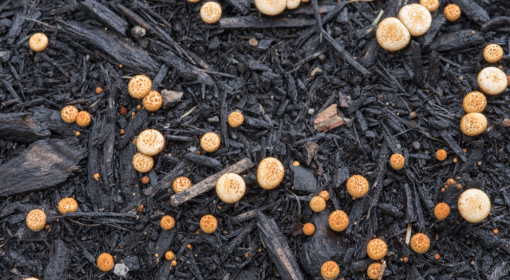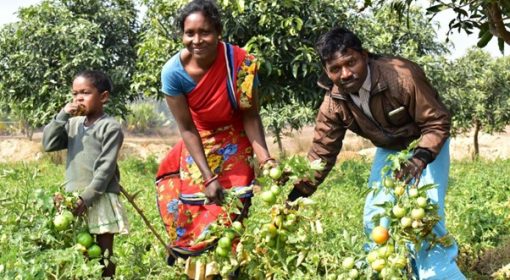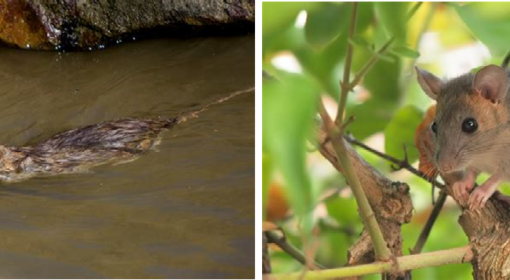By Paul Van Mele (Agro Insight)
As the world is waking up to address the challenges of environmental degradation and climate change, many countries realize that chemical fertilizers and pesticides are technologies of the past. While organic and ecological farmers use their ingenuity to keep pests and diseases at bay and to improve soil fertility with local inputs, the commercial sector has also seen the enormous potential to sell natural products.
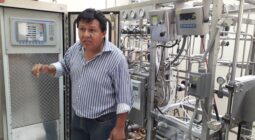 Welcomed by engineer Jimmy Ciancas, at BioTop, the commercial wing of Proinpa, a Bolivian research agency headquartered in Cochabamba. Jeff, Ana, Marcella and I are impressed by the sophisticated, technical setup of the BioTop plant where they mass produce a wide range of organic inputs, such as probiotics. BioTop has invested decades of research and development into its organic inputs, testing them all on farmers’ field before producing them commercially.
Welcomed by engineer Jimmy Ciancas, at BioTop, the commercial wing of Proinpa, a Bolivian research agency headquartered in Cochabamba. Jeff, Ana, Marcella and I are impressed by the sophisticated, technical setup of the BioTop plant where they mass produce a wide range of organic inputs, such as probiotics. BioTop has invested decades of research and development into its organic inputs, testing them all on farmers’ field before producing them commercially.
After analysing local soil samples in the laboratory, the most effective micro-organisms are isolated, and then mass multiplied. Besides beneficial lactic acid bacteria and yeasts, BioTop also produces bacteria and fungi that can kill insect pests or harmful fungi. In each of their four bioreactors, they can multiply 120 litres of highly concentrated micro-organisms, once every three days. As it only takes 100 ml to spray a hectare, their current set up provides organic inputs for 400,000 hectares of agricultural land.
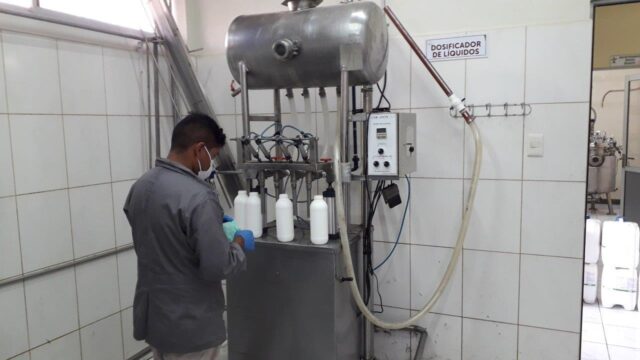
This technology has an enormous potential to boost organic and natural farming across the globe. It is also good to see a country like Bolivia making its own organic inputs, keeping some measure of independence from multinational corporations.
When we tell Jimmy Ciancas that we are making a farmer training video on biol, a fermented liquid fertilizer, we ask if Proinpa also makes this. “It is one of the few products that we do not produce, because there is no profit to be made with biol. It requires too much work. Also, our commercial organic inputs need to be certified by SENASAG, the national certification agency, so we need to have highly standardised products. If the label says that it contains one type of micro-organism at a given concentration, the product needs to be as stated on the label.”
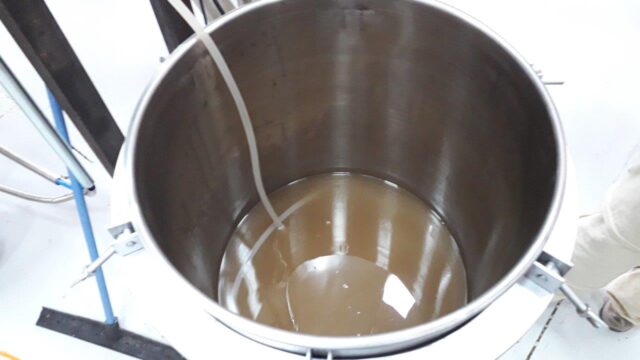
I realize that these regulations are intended to standardise products, but they also limit the ability of a company to make more complex mixtures. A spoonful of soil has thousands of species of micro-organisms, so limiting a preparation to just one species may do little to increase the diversity of a complex living soil community.
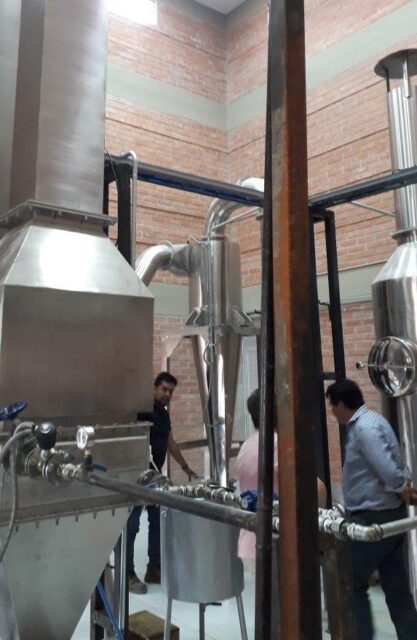 I wondered if biol could be useful to fight a soil pathogen, or to boost soil fertility, so I ask Jimmy Sianca if biol is a useful technology for farmers. “Yes, of course it is. It enriches the complex community of soil micro-organisms with a variety of beneficial bacteria, fungi and yeasts.” As farmers mix legumes that are rich in plant hormones with the fresh manure of their animals, the micro-organisms in biol made by one farmer will differ from this made by another.
I wondered if biol could be useful to fight a soil pathogen, or to boost soil fertility, so I ask Jimmy Sianca if biol is a useful technology for farmers. “Yes, of course it is. It enriches the complex community of soil micro-organisms with a variety of beneficial bacteria, fungi and yeasts.” As farmers mix legumes that are rich in plant hormones with the fresh manure of their animals, the micro-organisms in biol made by one farmer will differ from this made by another.
I was glad to hear an expert confirm the usefulness of biol, a low-tech technology. The training video we are making on biol will be appreciated by farmers who want to make their own solutions.
The visit to the factory reminded us that bio inputs may be profitably made on different scales. A modern company with a state-of-the-art plant can refine specific, beneficial micro-organisms and sell them to farmers in convenient bottles. Meanwhile, farmers can make their own inputs with many micro-organisms, which will also fight pests and improve the soil. Commercial and craft styles of making beneficial organisms will both be useful in the transition away from imported agrochemicals.
Watch related videos on the Access Agriculture video platform:
- Healthier crops with good micro-organisms
- Organic biofertilizer in liquid and solid form
- Good microbes for plants and soil
- Vermiwash: an organic tonic for crops
Training videos hosted by:

